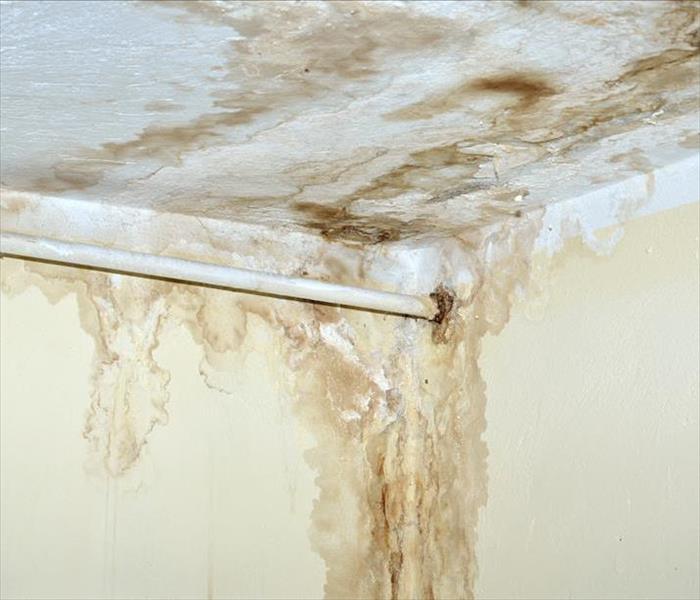Storms, the aftermath. The mold they can bring to your Dallas Home.
9/13/2015 (Permalink)
After the Storm Is Over - Water Damage and Mold in your Dallas home.
Often, mold growth begins anywhere from 2-3 days after a storm causes water damage. Mold is a harmful issue, and it can cause damage to your health, home and the contents within your Dallas home before you even notice that your house has mold growth. The longer a house is exposed to storm water damage and the air spores that spread mold, the more difficult it will be to remove the mold. Common signs of mold growth include musty odors and discolored surfaces.People who have allergies, asthma, immunodeficiency disorders, respiratory problems and weakened immune system are especially sensitive to the health effects of mold. Those who are exposed to mold may have symptoms such as:
- Difficulty breathing.
- Irritated eyes or skin.
- Fungal lung infections.
- Migraine headaches.
- Nasal congestion.
Act Fast
Our highly trained mold removal technicians use the latest technology and tools to quickly address your mold problem in a manner that effectively removes mold colonies. Unlike DIY techniques, our professional service does not carry the risk of improperly removing mold, saving customers from dealing with further damage, health problems, costs and inconvenience. We are also licensed to handle lead, asbestos and other dangerous materials that we may come across during the mold removal process.
We are available 24 per day. Before your appointment, be sure to:
Inventory damaged and missing goods for your insurance claim.
- Throw away all sealed and unsealed food and beverage touched by storm flood waters.
- Open windows and doors.
- Refrain from using electrical devices until it is safe.
- Remove standing water when possible.
- Use dehumidifiers and fans to ventilate your home.
When our service technician arrives, he will:
- Apply biocides.
- Decide whether or not you can safely stay in your house during the mold remediation process.
- Determine if additional ventilation and containment is needed.
- Look for mold in the HVAC system and biological hazards in the home.
- Test for any additional mold after completing removal process.
- Use quick structural drying techniques.
After the storm has passes call your local SEVPRO of Southeast Dallas (972) 227-0800. Don't give mold the chance to harm you or your home.






 24/7 Emergency Service
24/7 Emergency Service